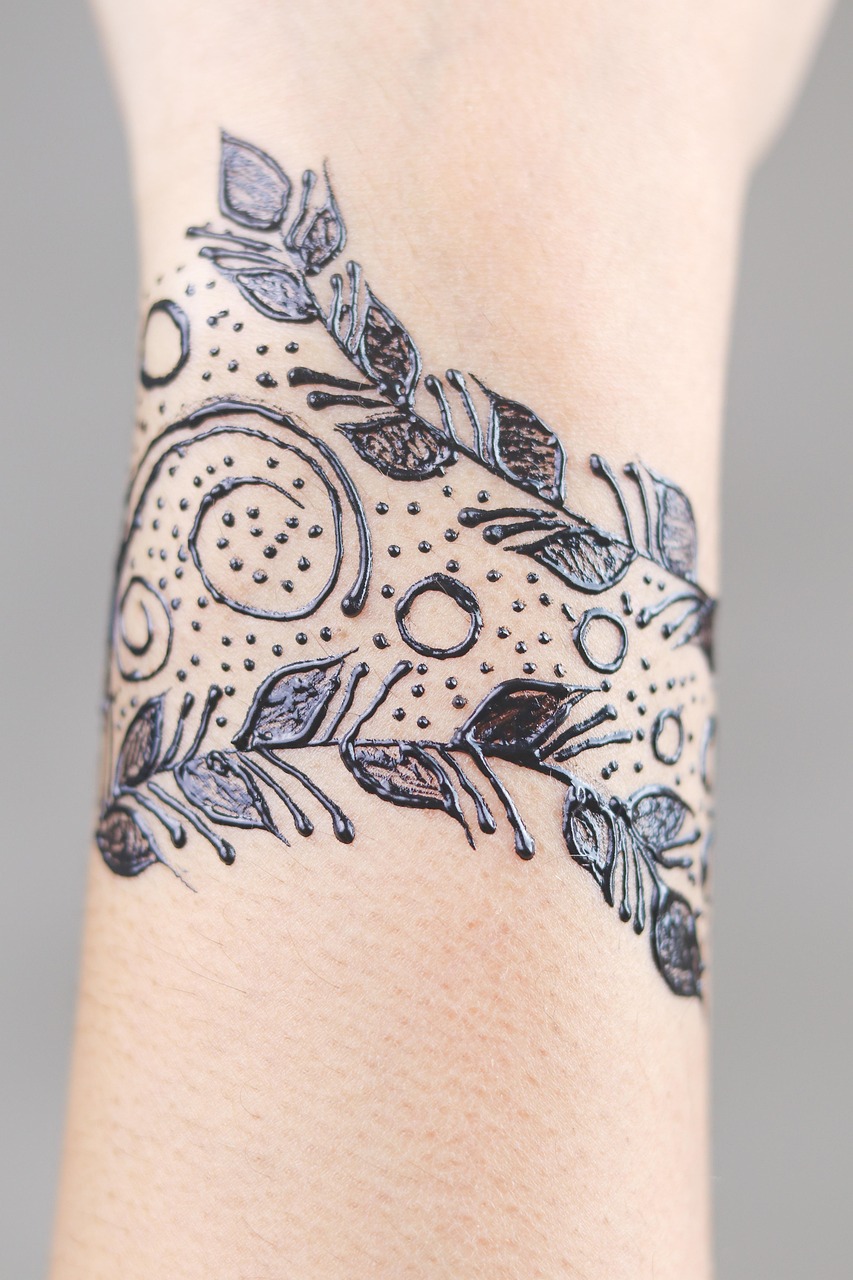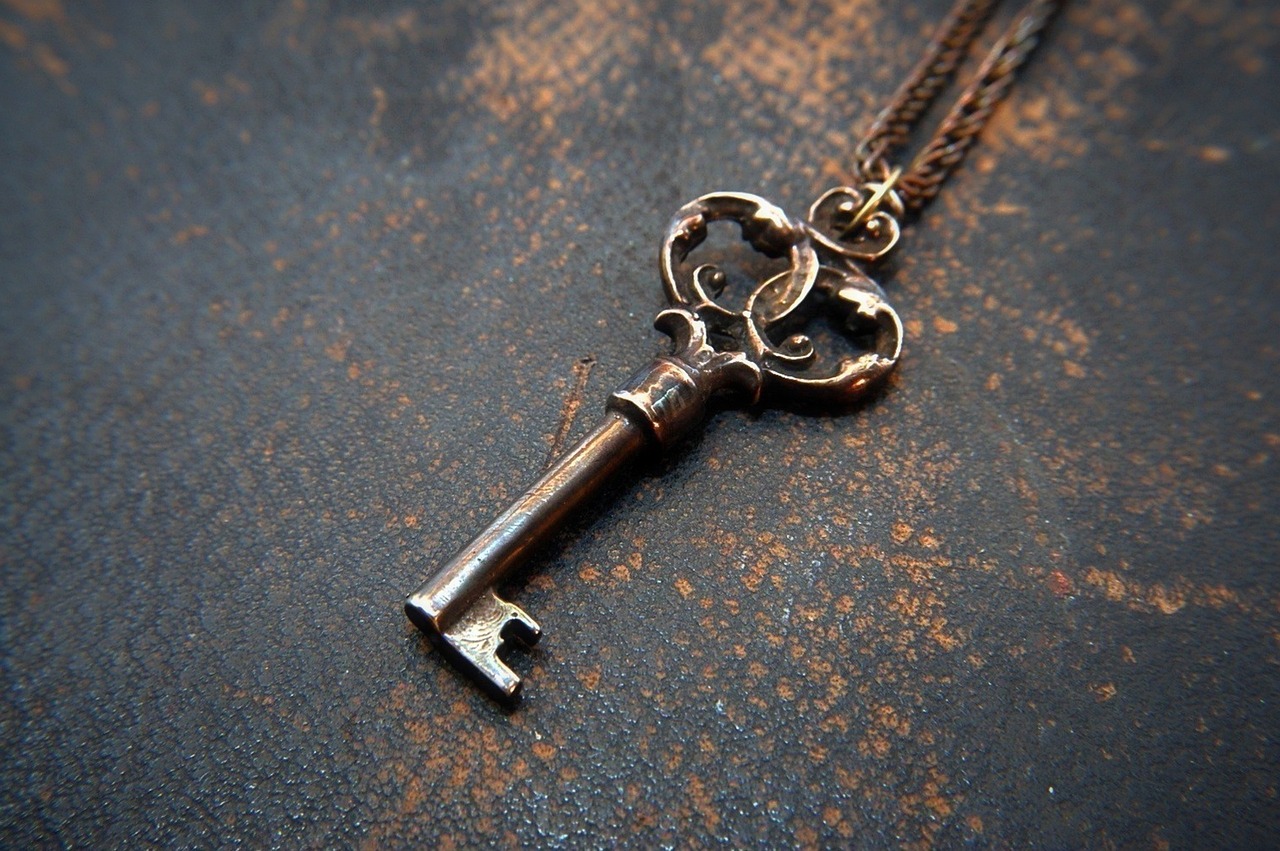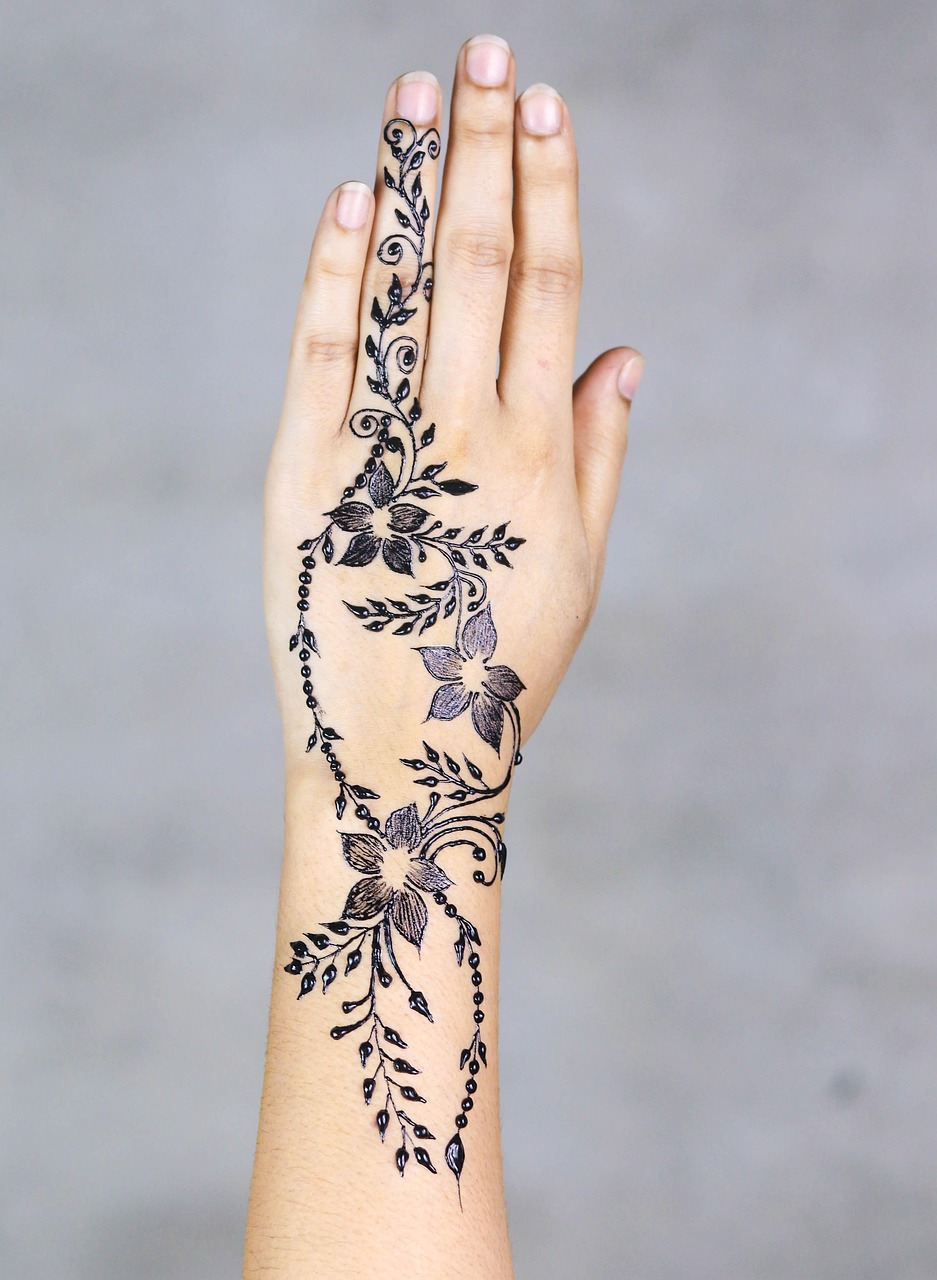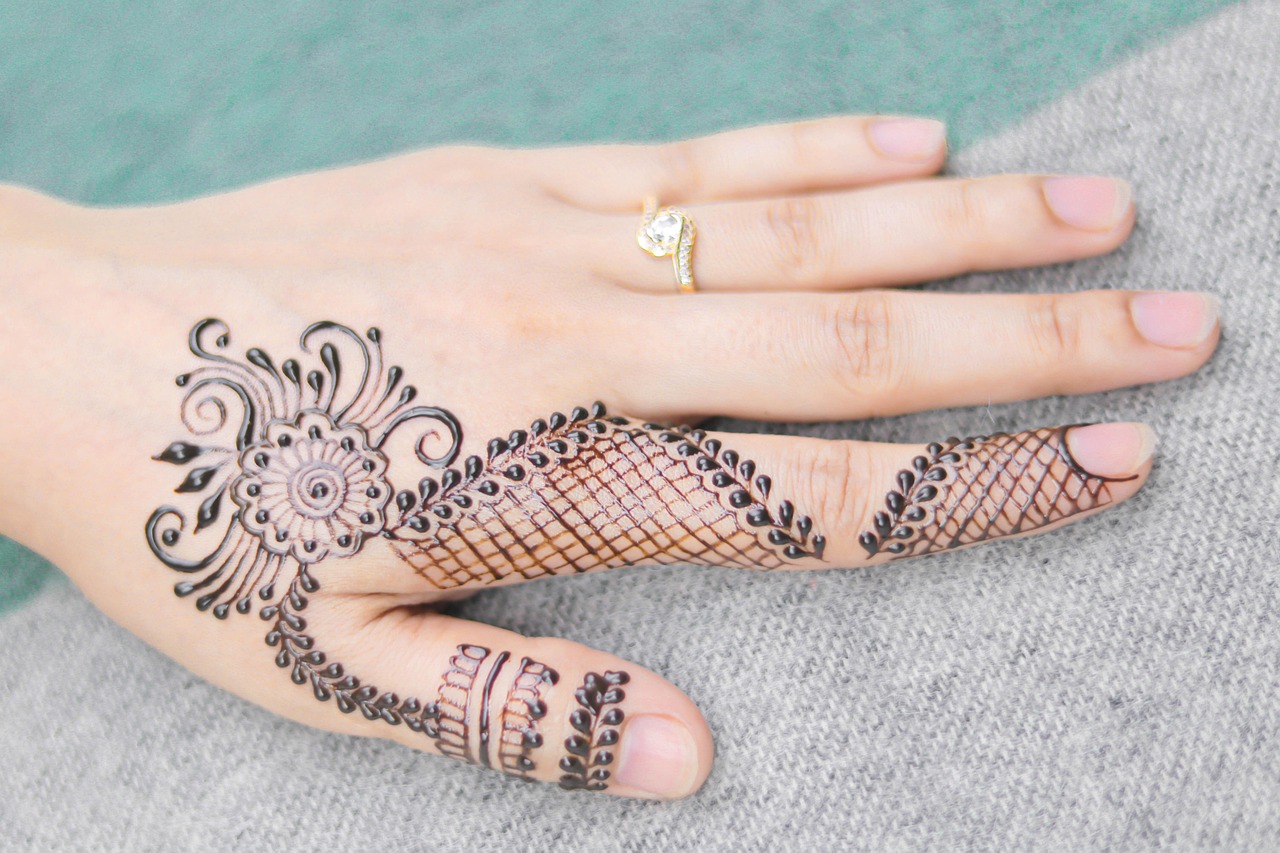Full Mehndi Design: A Complete Guide to Beautiful and Intricate Patterns
Mehndi designs, also known as henna art, hold cultural and artistic significance in many parts of the world, particularly in South Asia, the Middle East, and North Africa. Among the various designs, “full mehndi design” is especially popular for its elaborate and artistic appeal, covering the entire hand, arms, or feet with intricate patterns. In this article, weâll explore the beauty and details of full mehndi design, answer FAQs, and share expert tips to help you achieve the perfect look.
Key Aspect of “Full Mehndi Design”
Full mehndi designs are characterized by their comprehensive coverage and complexity. These designs typically extend from the fingertips to the wrist or even the forearms, often incorporating motifs like floral patterns, paisleys, mandalas, and peacocks. The intricate detailing makes them a standout choice for brides, festive occasions, and cultural events.
What Makes Full Mehndi Design Special?
Full mehndi designs are more than just body artâthey are a blend of tradition, fashion, and symbolism. They often reflect cultural stories or personal expressions, making each design unique. This type of mehndi is also versatile, with designs that can be customized for occasions ranging from weddings to Eid celebrations.
Did You Know? Henna Has Ancient Roots
Henna has been used for over 5,000 years, with early records of its application found in ancient Egypt. According to History.com, Cleopatra is said to have used henna for cosmetic purposes and body art.
Choosing the Right Full Mehndi Design
Deciding on the right design for your next event can be a challenge, especially with so many options to choose from! Generally, the style of design you select should match the occasion, season, and your personal preferences. Popular full mehndi styles include Arabic, Indian, and Moroccan patterns, each offering a unique aesthetic.
How Can I Pick the Best Full Mehndi Style for Me?
When choosing a full mehndi design, consider the theme and significance of the event. For example, traditional Indian full mehndi designs are often more intricate and ideal for weddings, while modern, minimal Arabic styles balance elegance and simplicity for parties or festivals.
Case Study: Bridal Mehndi in Indian Weddings
In Indian weddings, brides often opt for full mehndi designs that narrate their love stories, incorporating elements like the bride and groom’s names or images within the design. A study on cultural traditions published on NCBI highlights the importance of henna as a symbol of joy, love, and prosperity in South Asian weddings.
Tips for Beautiful Full Mehndi Designs
Whether youâre applying mehndi on yourself or booking a professional artist, there are certain practices that can ensure a flawless design and long-lasting stain. Following proper preparation, application, and aftercare techniques will help you achieve the best results.
How Can I Make My Full Mehndi Stain Darker?
For a deeper and more striking stain, leave the mehndi paste on your skin for at least 6-8 hours. Avoid using soap or water immediately after removing the dried paste. You can also apply a mixture of lemon juice and sugar while the mehndi dries to enhance the color.
Expert Tip: Enhancing Longevity
According to renowned henna artist Pavan, âThe key to a deep and long-lasting stain is in the aftercare. Keeping your hands warm and avoiding water for the first 24 hours can significantly improve the color and longevity of your full mehndi design.â You can check more mehndi tips on her official website.



